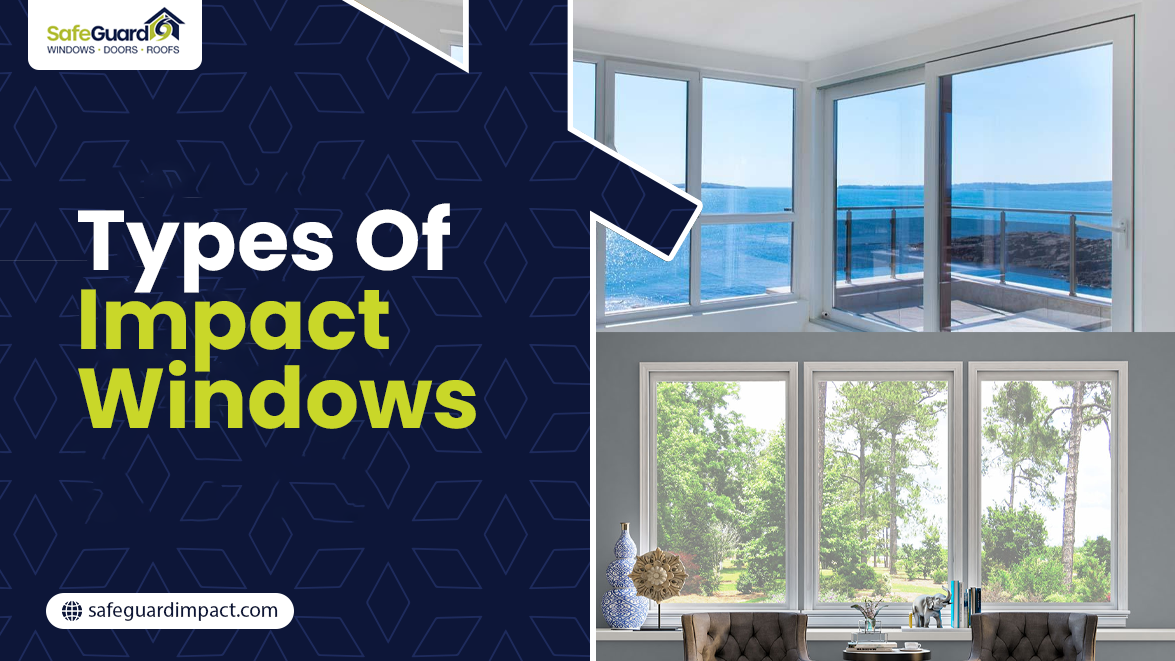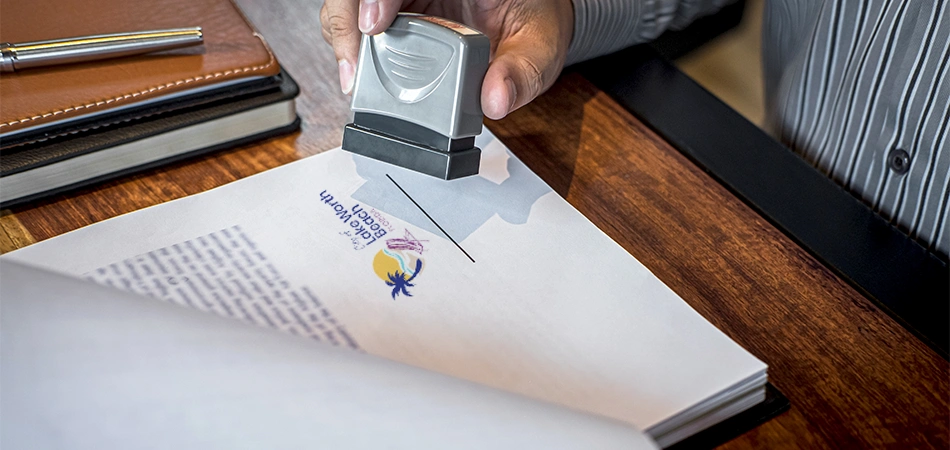Inspections of your home’s windows should be one of the first post-hurricane steps you take for your long-term protection. Begin with the exterior, checking for broken glass, warped frames, or damaged seals. Then, look inside for evidence of water infiltration such as stains, peeling paint, or fogged glass panes. Test every window to ensure it opens, closes, and locks properly.
It’s also key to check for air leaks around the perimeters and structural shifts in the walls around the window. This process allows you to catch issues before they become worse and prepare for repairs before it’s too late.
Guide To Inspect Windows After A Hurricane
Follow these steps for post-hurricane window inspection:
1: Thorough Exterior Inspection
Begin your inspection by slowly walking around the exterior of your house. As you approach each window, pay attention to storm debris or fallen branches.
- Look for Damaged Or Broken Glass: Debris from the wind can cause severe damage during a hurricane. Even if your windows didn’t shatter, check for hairline cracks or chips, as these can weaken the pane over time.
- Check the Frame: Inspect the window frame and sill for dents, warping, cracks, gaps, or signs of misalignment. Even the aluminum and vinyl frames are susceptible to being bent or warped by strong winds and impact.
- Look for Impact: Dents, scratches, or scuffs could suggest a heavy impact from debris. Even if the glass appears undamaged, the impact could have compromised the frame or seal.
- Check Seals and Caulking: Heavy winds and water pressure can wear down or loosen the caulking around your windows, which may cause leaks later.
If you notice a problem, take several clear photographs from different angles. These will be useful for insurance processing and professional damage estimates.
2: Examine for Evidence of Water Penetration
Check for water damage on the inside of each window.
- Water Stains: Search for discolourations on walls, sills, or floors.
- Crumbly Drywall or Flaking Paint: This can indicate hidden water damage.
- Musty Smells: Mold and mildew can accompany water damage.
- Foggy Panes: Cloudy glass between your windowpanes means you have a broken seal.
Act fast to prevent long-term problems, such as mold or rot.
3: Test The Window Function
Ensure each window works properly following the storm.
- Open Windows: Look out for windows that stick or don’t align well.
- Test Locks: Make sure they close tightly.
- Inspect Screens and Hardware: Look for tears and bent parts.
- Check Balance: Windows that won’t stay open or are imbalanced may signal internal damage.
Addressing these minor issues early helps prevent more extensive damage.
4: Detect Drafts and Air Leaks
While not always immediately visible, hurricanes can loosen seals and create air leaks. Feel around the window frame for drafts and reseal with caulk or weather stripping to prevent future moisture problems.
5: Look for Indicators of Structural Shifts
Minor structural damage can cause window problems over time.
- Cracks in walls: Look at drywall, brick, or siding near windows.
- Misalignment: A sagging window could be a sign of a foundation shift.
- Sagging Headers: These require professional attention.
Experts’ opinion is usually needed for the detection of structural changes.
6: Document
After inspecting:
- Photograph and take notes of any damage.
- Contact your insurance company and begin the claims process.
Hiring licensed contractors who have experience with storm damage is recommended. Get multiple repair estimates to compare service quality and pricing. Prompt action helps prevent further damage and ensures smoother insurance processing.
When To Call a Professional
Although there are a lot of inspection steps you can take care of on your own, there are some parts that should be left to the professionals:
- When multiple windows are impacted or when costly windows require examination.
- If you’re not sure whether a seal or structure is compromised.
- Suspected water infiltration with no apparent cause.
- If you’re filing an insurance claim and need an official assessment or estimate.
A professional window inspection can tell you when to replace and recommend ideal products to protect against future storm damage by identifying signs you need new impact windows.
Conclusion
After a heavy storm, inspecting all parts of your window can help prevent more costly problems. Examine the exterior closely for cracks or seal damage, and look for moisture stains or signs of leaks. Open and close every window and ensure it works properly, then get basic tools to help you pinpoint air leaks compromising efficiency. Cracks in nearby walls (which can indicate structural shifting) should not be ignored.
Acting early protects your home from both structural damage and increased energy costs.
This easy guide for inspecting windows after a hurricane provides a dependable method to prevent issues before they spread. For professional assistance with inspecting or repairing your windows, SafeGuard Impact has your back to protect your home from heavy storms.





